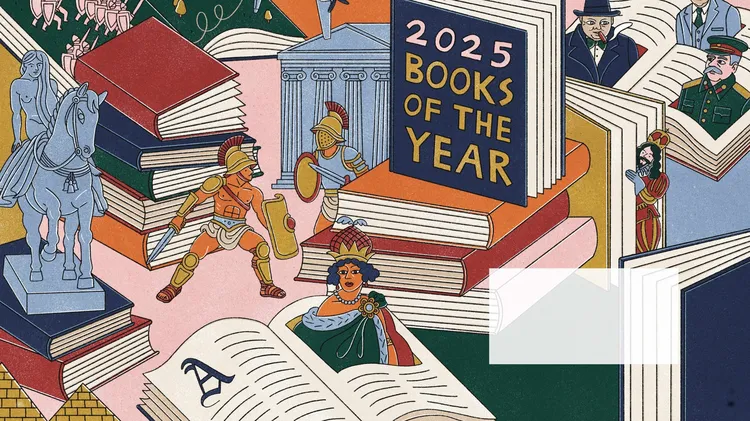Julius Caesar’s murder is often seen as the event that
The long death of the roman republic
11 min read
This article is from...
Read this article and 8000+ more magazines and newspapers on Readly






